What makes a horror film truly frightening? Some films in the genre play on fears like clowns, serial killers, or spiders, while others rely on loud, sudden scares to unsettle the viewer. While these can all make for an adrenaline-fuelled and unsettling watch, I firmly believe that the scariest horror films are those that don’t show the main threat to the audience.
Seeing a masked killer or giant shark tear through a film’s protagonists can be startling, but seeing characters get hunted down, terrorized, and picked off by an unseen threat is arguably even more terrifying. The best example of the latter film style is the now-legendary found footage flick, “The Blair Witch Project.”
Please note, I’ll be spoiling crucial scenes of the film throughout this article, including the ending of the film, so proceed at your own risk.
Spawning what feels like a myriad of shaky-cam sagas that usually feature protagonists trying to get to the bottom of a mystery or find a legendary creature, “The Blair Witch Project” has made an immense impact on the horror world. It’s not the first found footage film by any means, but it left an unignorable witch-shaped mark on the camera lens, and chances are, you’ve seen it if you’re a fan of horror films.
Alongside a mysterious folklore theme, documentary format, and realistic cast of characters, the main point of intrigue for “The Blair Witch Project” is the witch herself. Other than details provided in marketing material for the film and fan theories about her, the titular character is left deliberately mysterious.
Watching the movie for the first time when I was a kid, just getting into horror, I remember wondering when the witch would show up, picturing everything from a cartoon witch with a black cat to an inhuman, shapeless figure with fangs and glowing eyes. I was rather surprised when the film never actually ended up showing the witch.
At first, I was a bit irritated that I’d never ended up seeing her, but as the weeks rolled on, the unsettling premise worked its magic on me. Theories wrestled with each other in my head, ranging from ghosts and ghouls to just a plain old serial killer with an otherworldly backstory. If I’d just seen the witch straight up, chances are this movie wouldn’t have had nearly as big an impact on me as it did. Of course, there’s still discourse to this day about whether the main threat is actually a witch, a ghost, or a serial killer, but the main point still stands. Visual threats in horror are binary.
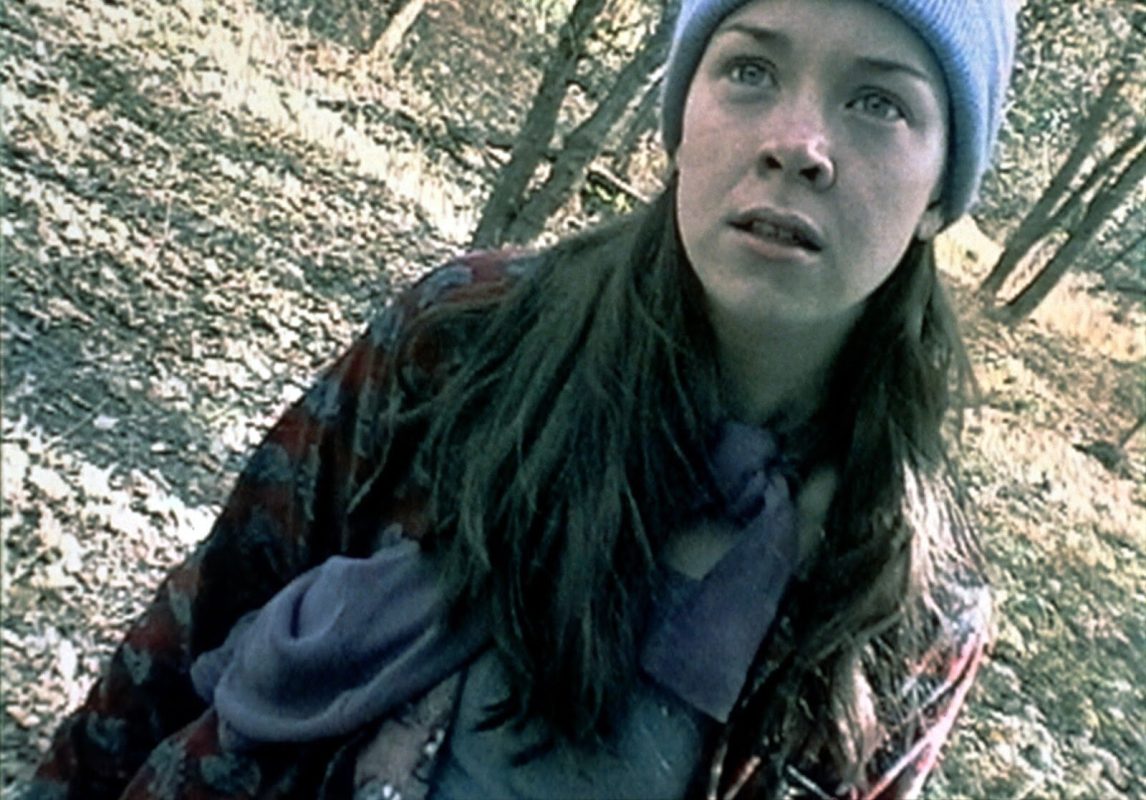
As an example, if you see a chainsaw-wielding clown in a film, you’ll either be scared or unfazed. The longer this villain spends on screen, the more time your brain has to pick it apart, analyzing the makeup and fake blood quality, the costume choice, and how the lighting illuminates the character, subconsciously marking it as believable or fake. The degree of fright that a person might associate with a power-tool-toting jester may vary, especially if they have a phobia of clowns or if the quality of the film is lacking, but it’s a relatively black or white experience. It’s scary or it’s not scary.
In contrast, unseen threats have the potential to play on more subtle fears, letting the viewer fill in the gaps with their own phobias, theories, and interpretations. To me, this style of villain or hazard holds a much higher potential for frightening a moviegoer. Going back to the chainsaw clown as an example, suppose there was a film that featured this villain but chose not to show it directly.
Instead of presenting the clown as a visual threat, the film could use tools like soft carnival music, eerily elongated shadows, or flashes of metallic chainsaw blades in otherwise dark scenes. A little cliché, sure, but these would imply the presence of this character without showing them directly.
Also Read: 26 years of The Blair Witch Project
This portrayal may not play into typical jumpscare formats as successfully as a visual threat, but it would let the viewer imagine the clown in a way that felt most frightening to them. Viewers who felt scared by traditional clowns with colorful makeup may picture the villain in face paint with a red nose, while others who were more unnerved by slashers or home invasion films may visualize the character with more of a realistic, gory flair. It’s much more of a personalized experience, theoretically helping the viewer get even more immersed in the film.
Hopping back to “The Blair Witch Project,” imagine how different the final scene would’ve been if the witch had been a visible villain. As Mike stands in the corner and Heather yells with fear in the dark, abandoned basement, the witch somehow holds one character in place and kills the other, perhaps with magic or a blade, then lunges for the camera, cutting the feed. It’d be a fairly standard end to a horror flick, likely resulting in a cheap, noisy jumpscare with a distorted, demonic face. Not awful, by any means, but it wouldn’t carry nearly as much weight as the actual ending to the film.
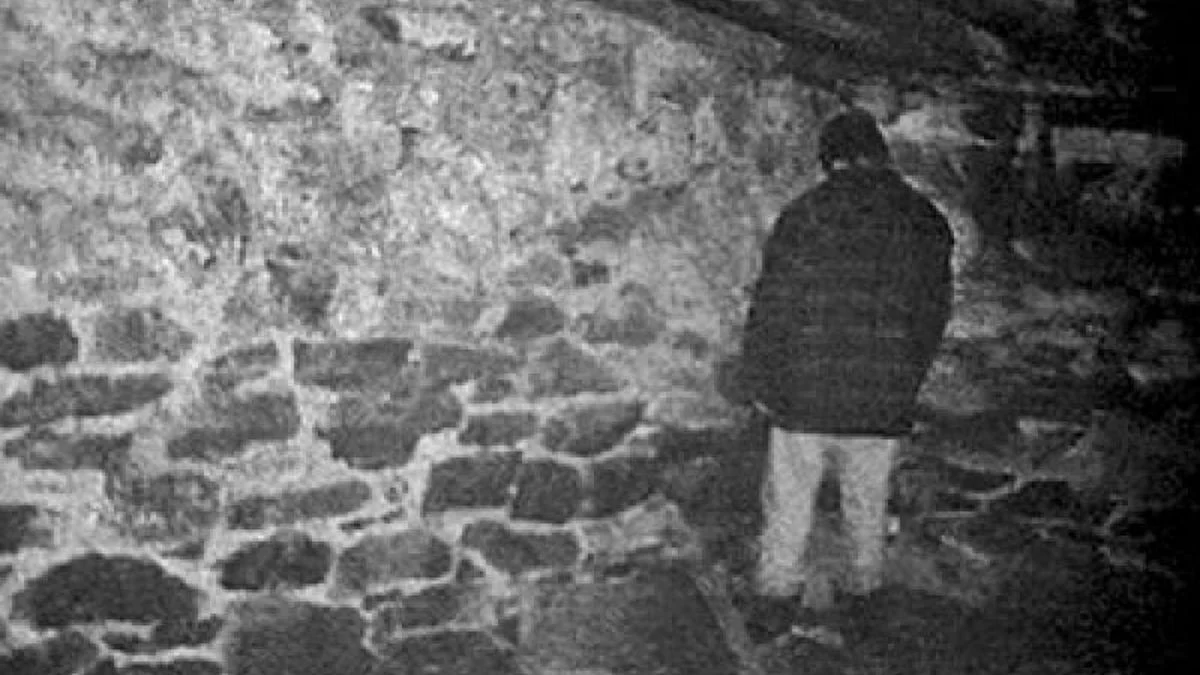
The final scene is weird. Mike stands in such an inhumanly still position with shadows warping around him, and Heather’s terror is borderline inexplicable, making viewers search for faces or fangs in the dark. It’s unsettling and creepy, and it provides just enough space for the viewer’s mind to run riot with what could be happening. Is someone behind her? Is there a creature? Where did Josh go?
This scene is hinted at with interviews in the earlier stages of the film, too, with characters discussing a child murderer who’d kidnap children in pairs and make one stand in the corner of the room while he killed the other. This adds to the atmosphere of the final scene – once Mike is seen in the corner, the viewer can infer that something is about to attack Heather, again causing them to question what’s happening and where the killer will come from.
Other earlier scenes add even further to this, with mysterious noises in the night being referred to as owl screeches or cackling laughs. No one can seem to pinpoint what exactly is happening as the main group treks further into the depths of the forests, making it even more terrifying to picture yourself in the shoes of the main characters.
While there is still a tiny part of me that thinks it could’ve been neat to see at least a glimpse of the main villain in “The Blair Witch Project,” I’m ultimately glad that it never happened. The build-up to the final scene was exquisite and helped me gain a newfound love for found footage horror films.
The lack of the visible witch left the film feeling mysterious and skin-crawling, entering the realm of being otherworldly without ever losing its grasp on reality. Each time I rewatch this gem, I seem to imagine the titular character in a slightly different way, meaning it’s uniquely unnerving every time.
Visible threats can be terrifying in horror films, of course – not every film needs a Blair Witch to be scary. But in the case of found footage with a realistic premise, I firmly believe that the scariest thing a director can do is keep their main villain to themselves and let the fans fight it out in the forums. These unseen horrors can take on a life of their own without much prompting, letting them feel larger than life.


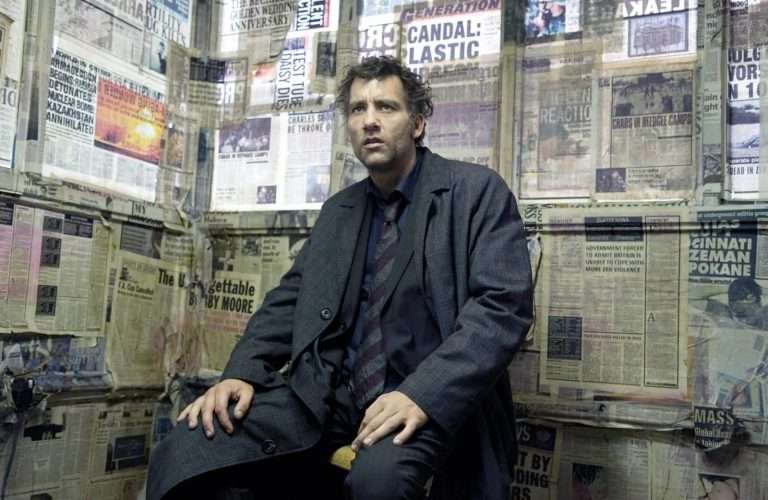
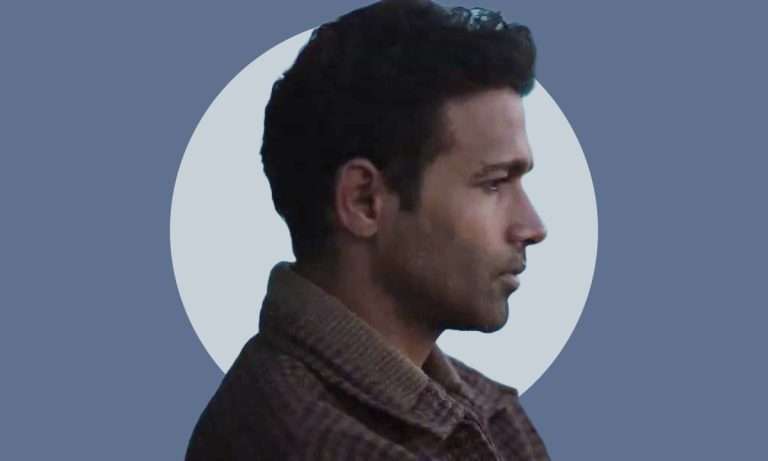

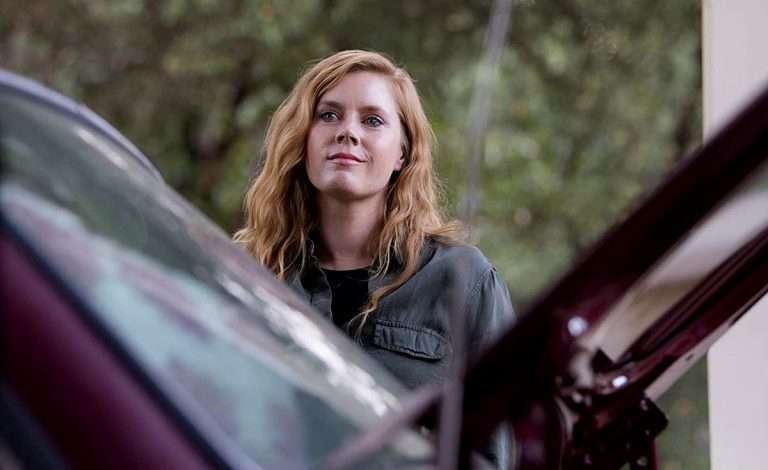
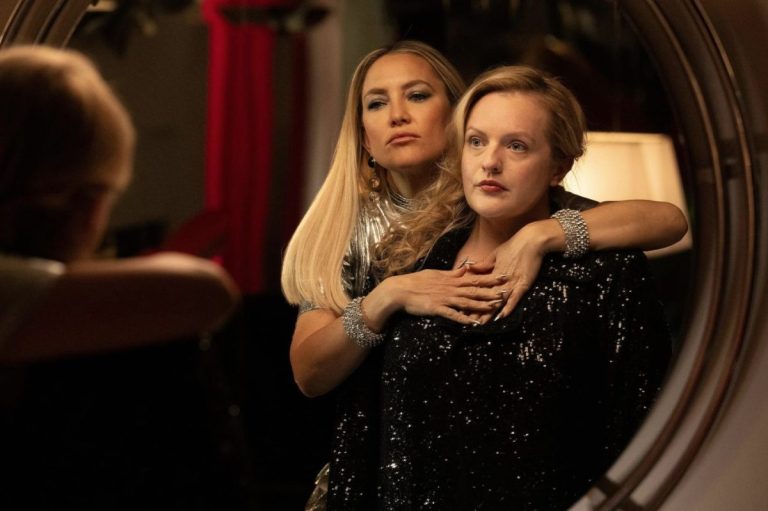
![Tiger King 2 [2021] Netflix Review: The sequel season to the smash hit docuseries has already lost it’s potency](https://79468c92.delivery.rocketcdn.me/wp-content/uploads/2021/11/Tiger-King-2-768x385.gif)